The origin of superheroes comic books
Superhero comics is generally a form of American comic books. Its stories centers on the life and adventures of a superhero or a superheroine.
Superhero comic books narrates of their origins, super powers, strengths and abilities as well as the super villains they have to battle with in order to save the world.
Superhero comic books rose to prominence in the late 1930s and the 1940s. It dominated the comics scene in North America during the 1960s. Superhero characters became stars during World War II; influencing the movies, tv shows and many other forms of media and entertainment.
It became a worldwide phenomenon, reaching the heights of popularity that would match or even surpass those of actual historic figures.
The first superhero character was introduced in Action Comics No. 1, which was published in 1938 and featured a man with red cape and a blue costume. It was the birth of Superman, the first comic book character to have powers greater than any human being, setting the stage for more superhero characters to follow.
The first female superhero was introduced in 1941, Wonder Woman. She was one of the founding members of the Justice League who happens to be as famous as Superman and Batman.
In 1950, many superhero characters lost their popularity. The competition of many other comic genres started to surface and was establishing their own names, not to mention the arrival of the television. Superhero comic almost ended; however thanks to some comic book publishing companies who revamped their characters, superheroes were back on the mainstream and never wavered ever since.
And in 1970s and 1980s, comic book superheroes started showing personal flaws and issues. A sinister side to the once perfect beings began to surface and Marvel started publishing books about anti-heroes, such as the Punisher and Wolverine.
What characterize a superhero?
Superhero comic characters are heroic people who possess extraordinary and superhuman abilities, god-like powers and attributes.
They are mostly set in a fictional world where their powers can either be used to protect earth and the whole universe.
Superheroes and their superpowers
Remarkable powers, extraordinary strength, abilities, skills, advanced equipments and gadgets. These traits primarily define the nature of a superhero, their powers may vary widely and its source can come in many different bases.
Superheroes have a strong moral code
A superhero’s main mission is to protect the world, to fight evil, and save those in danger. They live by strong ethics, a moral code that includes risking their own lives at the service of good without expecting anything in return.
Superheroes are ruled with a sense of responsibility, they strongly believe in justice and service for others, and are ready to launch feud against criminals and evil.
Superhero secret identity
Secret identity protects a superhero’s family and friends from being the targets of his or enemies. However, there is always someone, a confidant, may it be a friend or a relative sworn to secrecy to keep a superhero’s identity top secret.
Superhero costume
In order to fully conceal their true identity, superheroes wear a distinctive costume. These outfits follow an underlying theme that responds to the hero’s name, powers, and other aspects of his / her character.
Age of Superhero comics
Superheroes are often said to dictate the beginning and end of a comic era. But comic book ages are motivated by other deeper factors, the editorial and publication decisions that shapes a comics content.
However, superhero comics do contribute greatly to each comic’s age as known characters emerge in every particular era.
Superhero comics – The Golden age (late 1930s until the early 1950s)
• Marked the appearances of the first superhero comics, the most popular being Superman, Batman, Captain Marvel, Wonder Woman, and Captain America.
Superhero comics – The Silver age (1956 to circa 1970)
• DC comics began revising their 1940s superheroes, The Flash and Green Lantern with a more sci-fi theme. Marvel followed suit in the 1960s with the introduction of Spiderman, Fantastic Four, The Hulk, X-men and Iron man.
Superhero comics – The Bronze age (1970 to 1985)
• By this time, superhero comics began dealing with social and political issues evident in the characters of Green Lantern, a change in the story arc of Captain America, sophisticated titles of The Uncanny X-men, The New Teen Titans.
It was also the time when anti heroes first appeared and the characters of The Punisher, Wolverine, Ghost Rider and Daredevil hit the mainstream.
Superhero comics – The Modern age
• Superhero comics posed a darker theme with the release of the Watchmen, the Dark Knight Returns, and Spawn. It’s a time when superhero comics are darker with Anti-Heroes entering the scene.
Key factors and characters contributed to the birth and evolution of superhero comics
- Pulp Magazines and Adventure Fiction: Pulp magazines, popular in the early 20th century, featured thrilling and action-packed stories. Characters like Doc Savage and The Shadow, known for their heroic deeds and larger-than-life personas, laid the groundwork for the superhero genre by offering readers exciting adventures.
- Superman – The First Superhero: The creation of Superman by writer Jerry Siegel and artist Joe Shuster in 1938 marked a pivotal moment in comic book history. Superman, with his superhuman abilities, colorful costume, and secret identity as Clark Kent, set the template for the modern superhero. Action Comics #1, featuring Superman’s debut, is often considered the birth of the superhero comic book.
- Batman and Wonder Woman: Following Superman’s success, Batman, created by Bob Kane and Bill Finger in 1939, introduced a darker and more detective-oriented superhero. Wonder Woman, created by William Moulton Marston in 1941, became an early feminist icon. These characters expanded the superhero genre and added depth to the burgeoning comic book industry.
- The Golden Age of Comics: The late 1930s and early 1940s saw the emergence of numerous superheroes, including Captain America, The Flash, and Green Lantern. This period is often referred to as the “Golden Age of Comics.” Superhero comics became immensely popular during World War II, with superheroes often depicted fighting Nazis and Axis powers.
- The Comic Code Authority: In response to concerns about the content of comic books, the industry introduced the Comics Code Authority in the 1950s. This self-regulatory code aimed to address issues of violence and immorality in comics but also had a stifling effect on creativity. It led to the decline of superhero comics for a time.
- The Silver Age of Comics: In the late 1950s and early 1960s, superhero comics experienced a revival known as the “Silver Age.” Characters like Spider-Man, the Fantastic Four, and the X-Men were created during this era, ushering in a new wave of innovation and popularity.
- Marvel vs. DC Comics: Two major publishers, Marvel Comics and DC Comics, emerged as the dominant forces in superhero comics. DC Comics was home to iconic characters like Superman and Batman, while Marvel Comics introduced a more relatable and flawed superhero archetype, including Spider-Man and the Hulk.
- Crossover Events and Expanded Universes: Both DC and Marvel expanded their superhero universes, with crossovers like “Crisis on Infinite Earths” (DC) and “Secret Wars” (Marvel) becoming major events in the 1980s. These stories brought characters from various series together and reshaped their respective universes.
- Adaptations and Pop Culture Impact: Superheroes made their way into other forms of media, including television shows, animated series, and blockbuster films. Characters like Superman, Batman, and Spider-Man became cultural icons with a global fanbase.
- Modern Era: The 21st century has seen a resurgence of superhero popularity in comics and film. The success of cinematic universes like the Marvel Cinematic Universe (MCU) and the DC Extended Universe (DCEU) has brought superheroes to a new generation of fans and expanded the genre’s reach.
Superhero comic books have evolved significantly since their inception, reflecting changes in society, culture, and storytelling preferences. Today, they continue to be a dynamic and influential genre within the world of entertainment and pop culture.

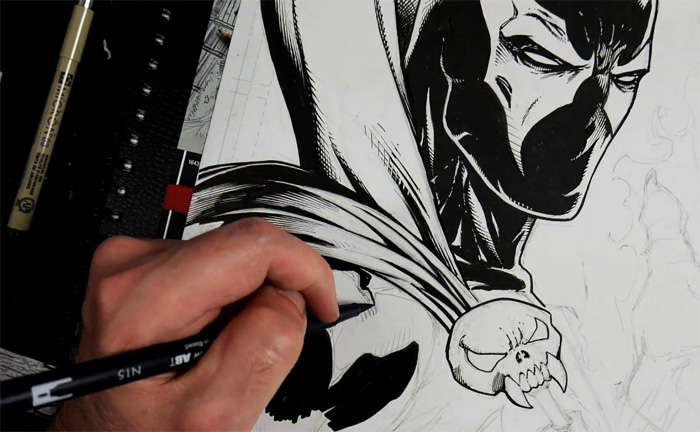
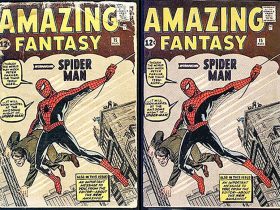
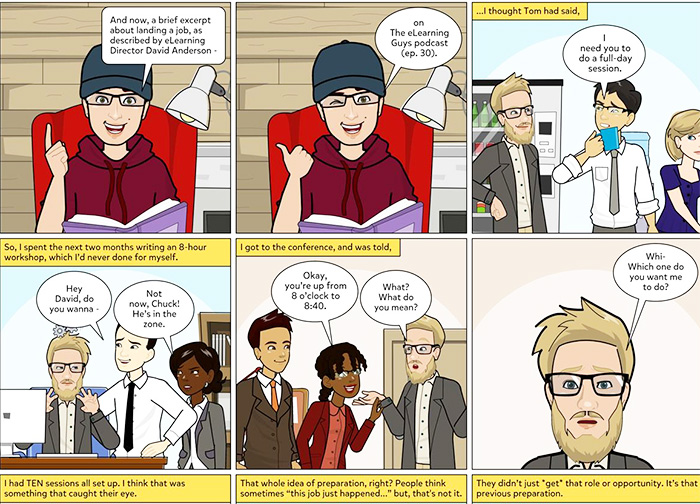
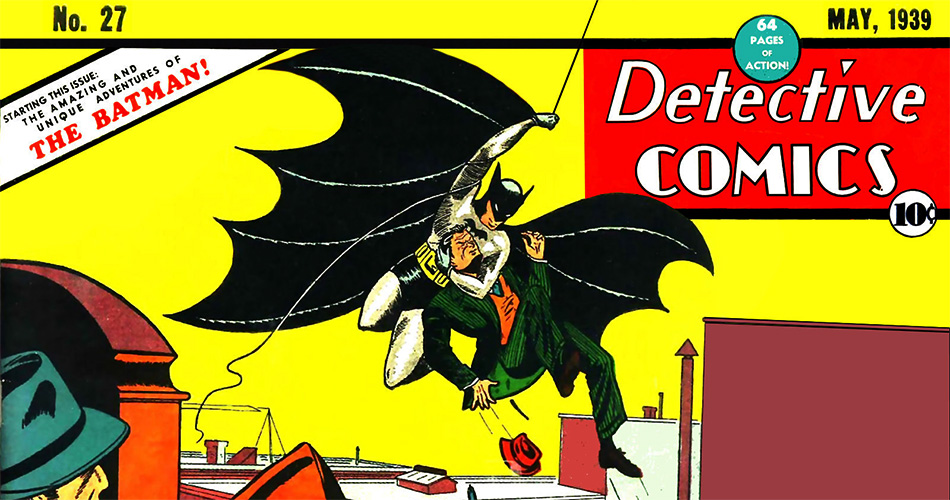
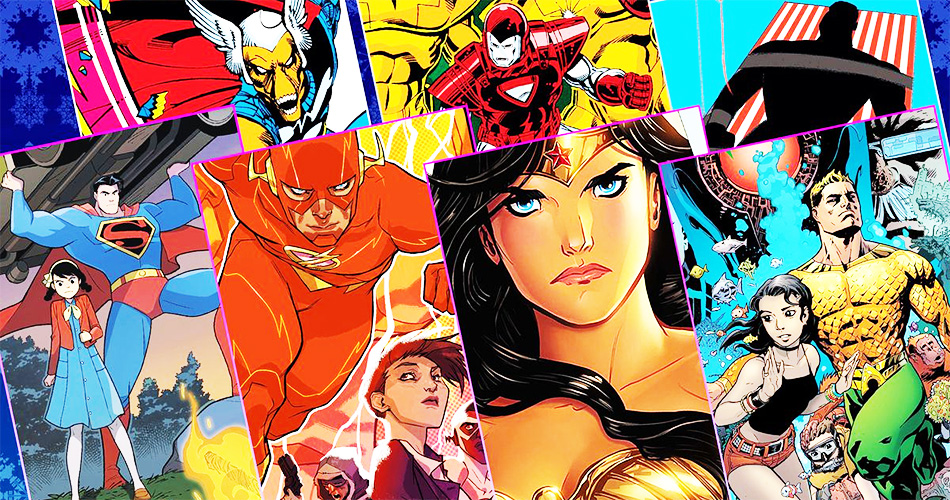
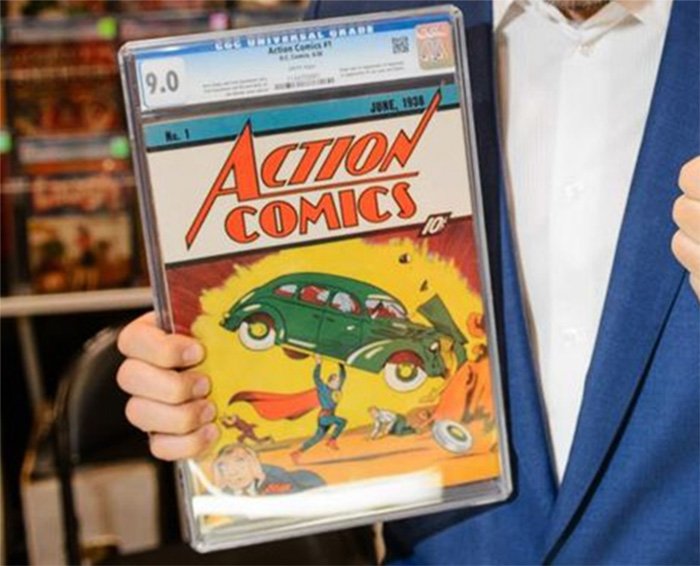

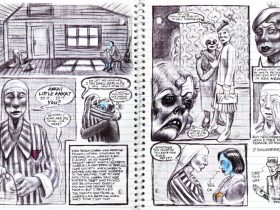

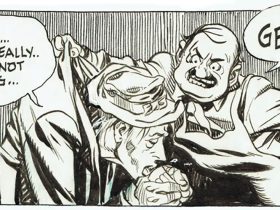
Leave a Reply